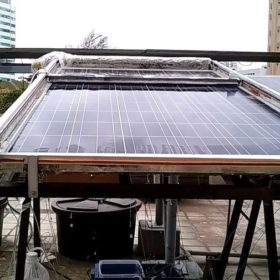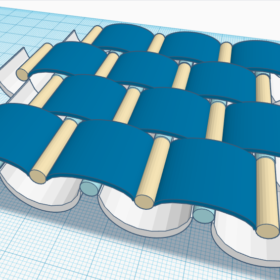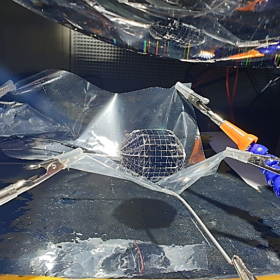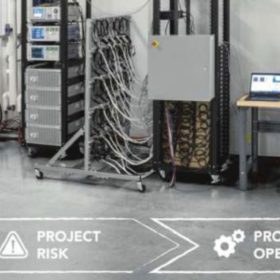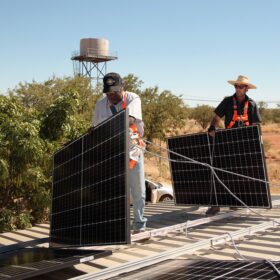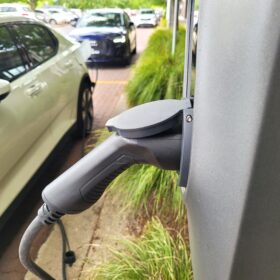What’s going on in the world of thermal energy storage?
Can this technology be commercialized? A partnership between Siemens Energy and EnergyNest to develop thermal storage solutions together is the latest development in an industry with lots of potential, but little practical application thus far.
UNSW and Providence Asset Group form hydrogen research to market partnership
The University of New South Wales Sydney and Providence Asset Group are teaming up to form the Hydrogen Energy Research Centre, a university-to-industry institute toward the translation of hydrogen research into commercial production as Australia looks to become a world leader in hydrogen exports.
Hydrogen vehicles: Elvin Group to crack the chicken-and-egg scenario
Why did the chicken cross the road? It wanted to get to an electrolyser and close the loop on a persistent dilemma: what comes first — a critical mass of hydrogen-fuel-cell vehicles, or the infrastructure of hydrogen production and refuelling opportunities that will see those vehicles confidently hit the tar?
Aus Government to apply Consumer Data Right to the energy sector
In a bid to encourage competition, the Morrison Government has announced its formal application of the Consumer Data Right regime to the energy sector. It is a move supported by the Australian Energy Council and Energy Consumers Australia but how much power can the consumer expect in the Big Data revolution?
Self-cleaning PV system with active cooling tech
An international research group has developed a self-cooling PV system featuring a 250 W 60-cell polycrystalline module and a thermal collector attached to the back side of the panel. The cleaning tech is based on a microcontroller programmable integrated circuit, which controls a rotating DC motor.
Parabolic bifacial module with active cooling system
Scientists in Morocco have designed a new bifacial module with a cooling system, based on bifacial parabolic solar cells that are connected to each other via tubes for panel cooling. They are now patenting the tech, but have yet to manufacture an initial prototype.
Spherical monocrystalline solar cells with 18.93% efficiency
The spherical 3D cells can reportedly generate around 101% more power than conventional flat solar cells. Measurements have also shown that the spherical cells provide a 10% lower maximum temperature compared to flat cells, while accumulating less dust.
Australian scientists develop new transparent electrode material
Scientists in Australia have developed a new transparent conductive oxide which could be used in solar cells, smart windows and other applications. The material is indium free and recyclable, according to the researchers.
New Battery Performance Standard proposed for Australia, and possibly the world
A new Battery Performance Standard for residential and small-scale commercial applications has finally been submitted to Standards Australia. If adopted, the standard could clarify consumer confusion around which energy storage system is right for them.
Hydrogen storage in salt caverns
Researchers in Germany have identified salt caverns as a feasible and flexible solution for hydrogen storage. They also revealed that Europe has the potential to inject hydrogen in bedded salt deposits and salt domes, with a total storage capacity of 84.8 PWh.




